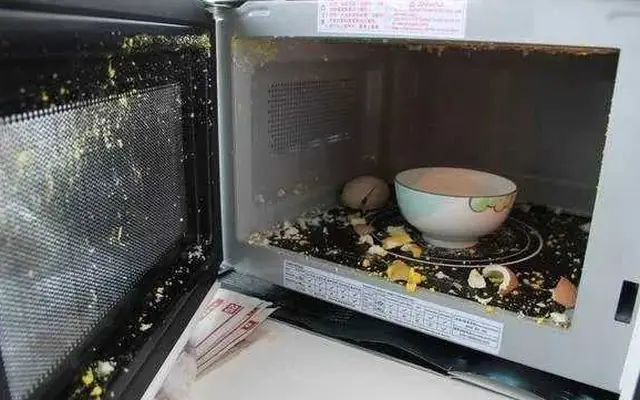
Little known tips
Carbonated soft drinks are a popular drink, loved by many people. This is a type of soft drink that can be bought at any grocery store, market or supermarket. In addition to being used for direct drinking, soft drinks also have many other uses such as marinating meat, cleaning household items, etc.
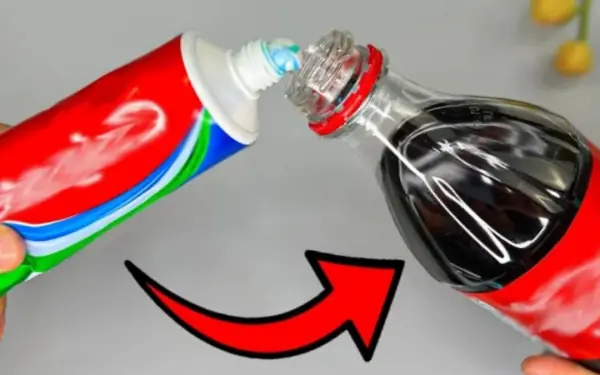
Toothpaste is an oral hygiene product that helps remove plaque on teeth and prevent tooth decay. In addition, you can use toothpaste to clean many items.
The combination of toothpaste and carbonated soft drinks will create a special solution that helps clean many items and household items. You can take advantage of leftover soft drinks and expired soft drinks to save money and avoid waste.
Carbonated soft drinks often contain phosphoric acid, which softens dirt and helps clean very well. Combined with toothpaste, it will help make items brighter and cleaner.
Pour the soda into a container, add a small spoon of toothpaste and stir well. Stir until the toothpaste dissolves into the soda, then stop. To increase the cleaning effect, you can add a little baking soda to the above mixture.
Mixing toothpaste with soda will create a multi-purpose cleaning solution.
Pour the resulting mixture into a spray bottle. So you have a multi-purpose cleaning solution.
- Cleaning the sink
The sink will become yellowed and have a lot of dirt after being used for a long time. To clean, use the mixed solution and spray directly onto the surface of the sink, using a sponge to scrub to remove dirt on the surface more easily. Finally, rinse the water to let the dirt flow away.
This solution can be used to clean bathtubs, toilets, and stainless steel faucets effectively.
You should prioritize using toothpaste with a mint scent to better deodorize. If the surface of the appliance has long-standing stains, after spraying the cleaning solution, you can leave it like that for a few hours before scrubbing.
- Cleaning glass
Glass surfaces are very susceptible to dirt and lose their original transparency. At this time, spray a solution of soda mixed with toothpaste on the glass surface and then wipe it repeatedly with a cloth to remove the dirt.
Similarly, you can also use this solution to clean mirrors.
- Cleaning the kitchen
When cooking, grease and food can splash onto the surface of the stove, kitchen counter, and kitchen wall. If you only wipe with plain water, these stains will not be completely removed, and the smell of grease and food will also affect the air quality in the kitchen.
To clean grease stains, spray a solution of soda + toothpaste on the surface of the stove, kitchen counter, and kitchen wall. Leave it for a while, then wipe it repeatedly with a towel, the grease stains will be easily removed.
News in the same category

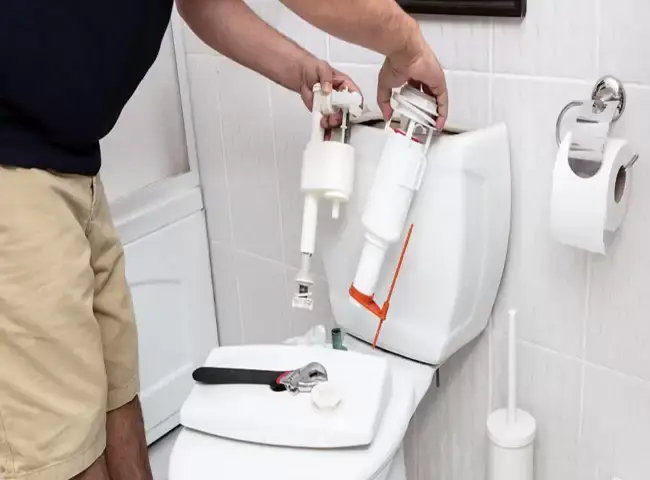
How to Fix a Weak Toilet Flush at Home - No Technician Needed

This small fridge button can significantly cut your electricity bill
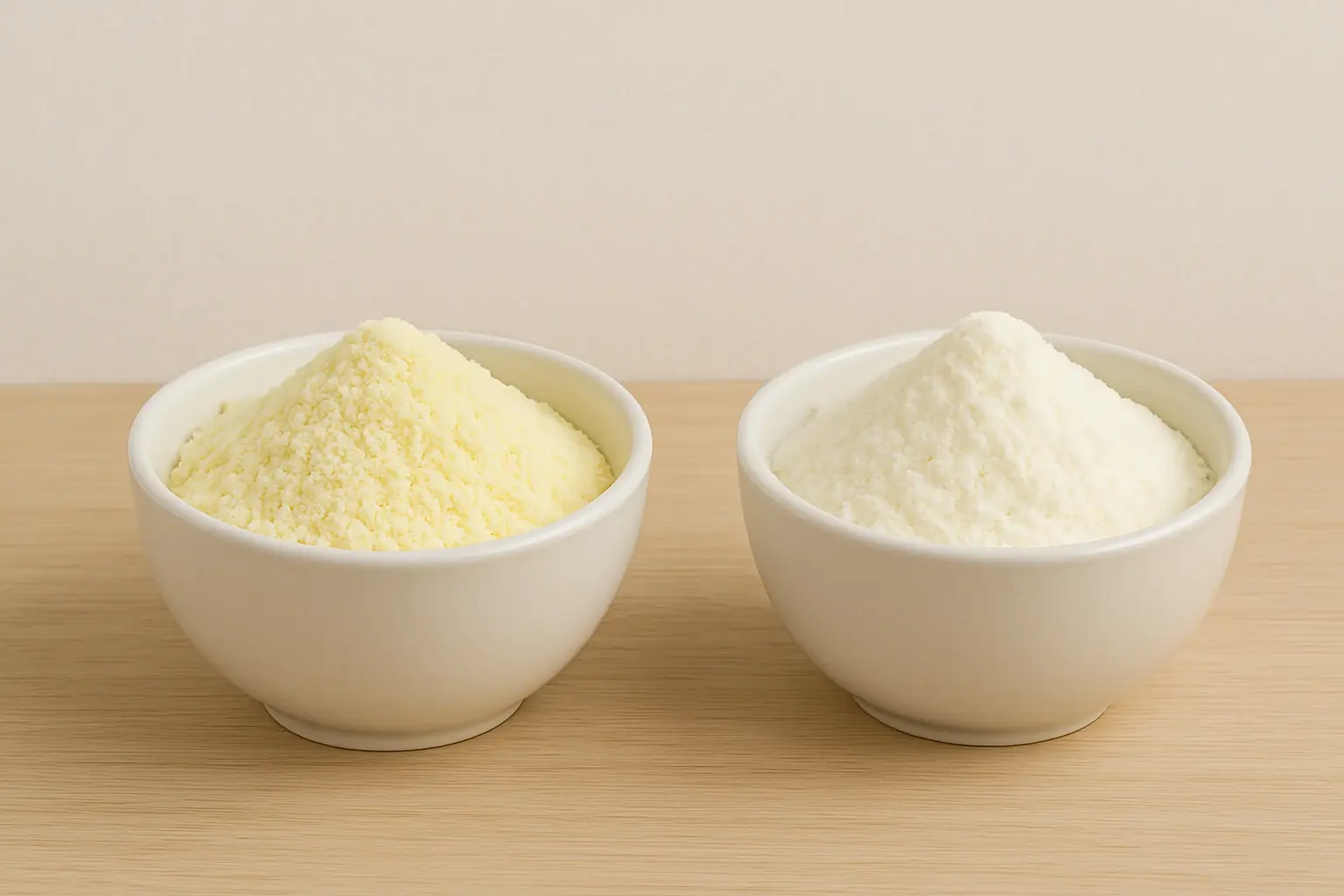
How to Tell Real Baby Formula from Fake: What Every Parent Needs to Know
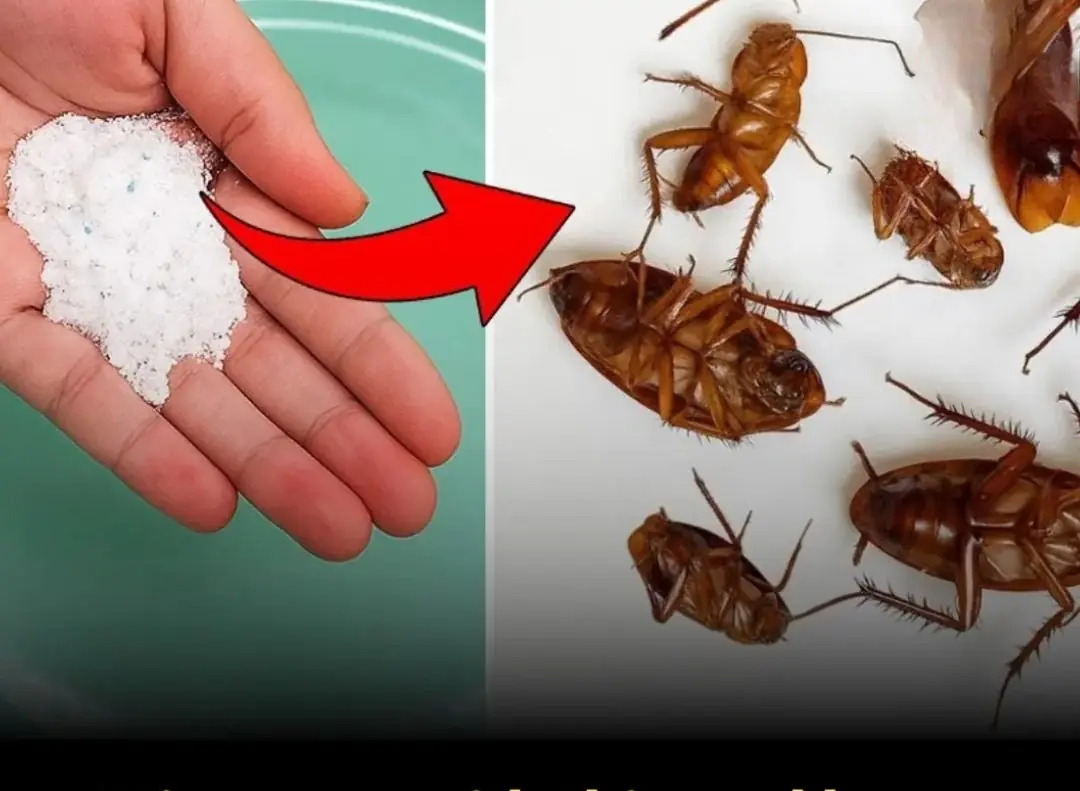
Smart tips to get rid of cockroaches and maintain a clean, fresh home
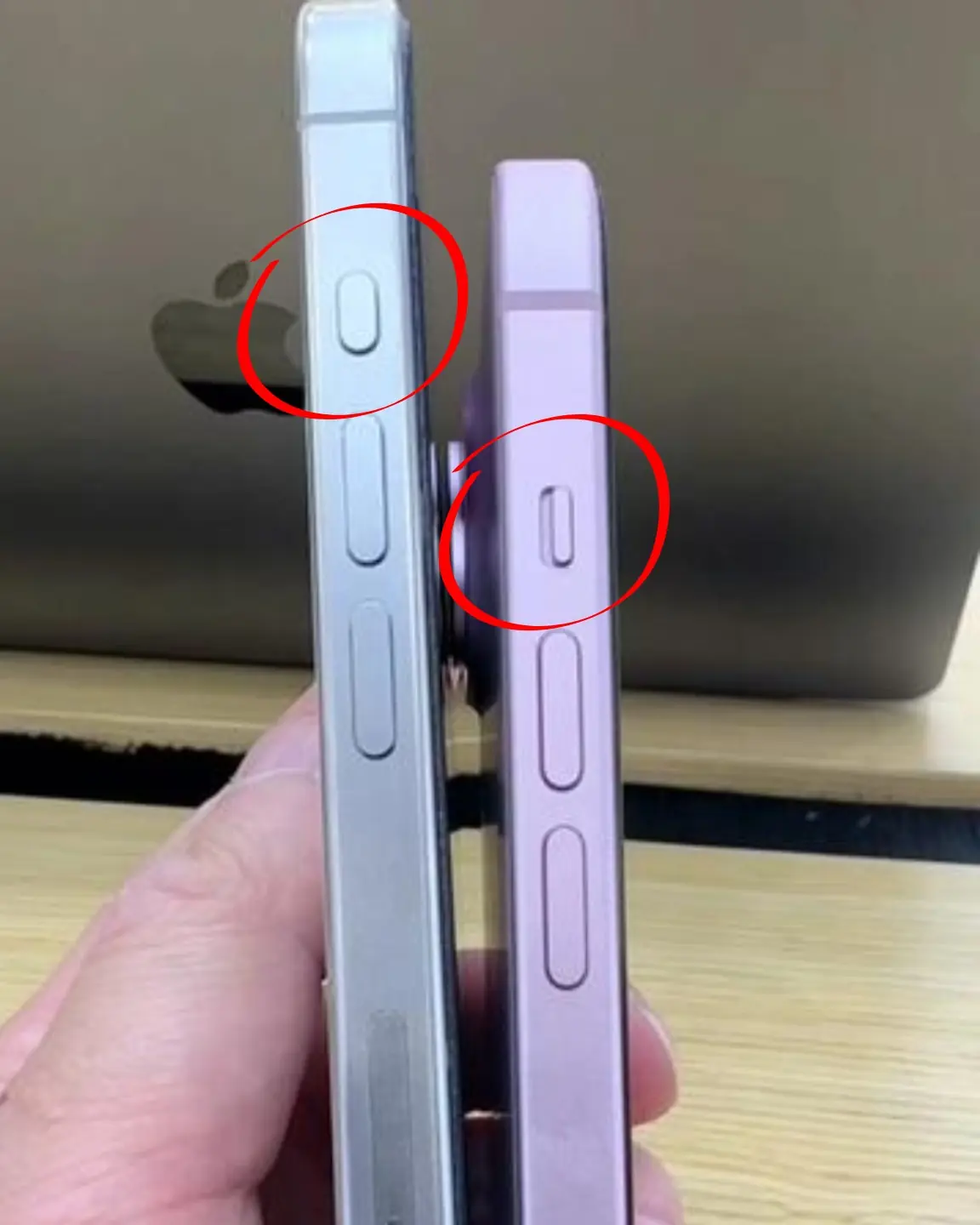
Your phone’s volume buttons can do more than you think - Here are 6 hidden tricks
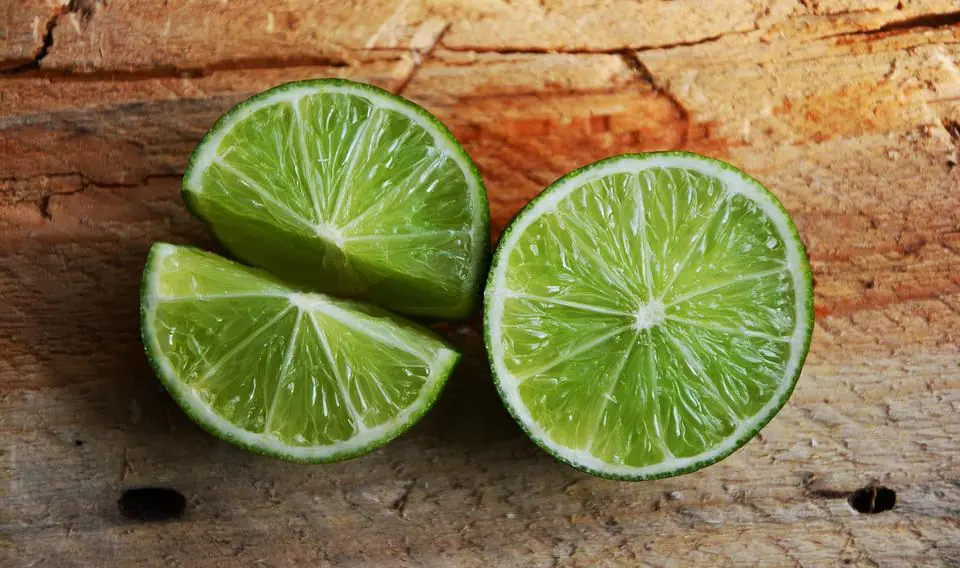
Don’t throw away lemon peels - Turn them into a powerful, natural cleaning solution for your home

If your partner leaves a clothespin on your shower head, make sure you know what it means
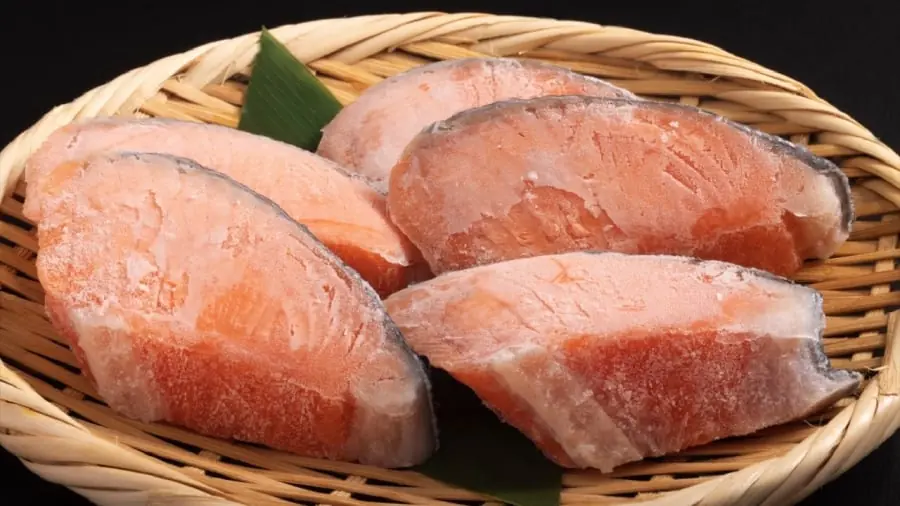
Tips for Freezing Fish So It Stays Fresh, Firm, and Flavorful for Up to a Month

Don’t throw them away yet: Surprising ways to reuse tomatoes you think are useless

Restore a non-stick pan with milk instead of throwing it away
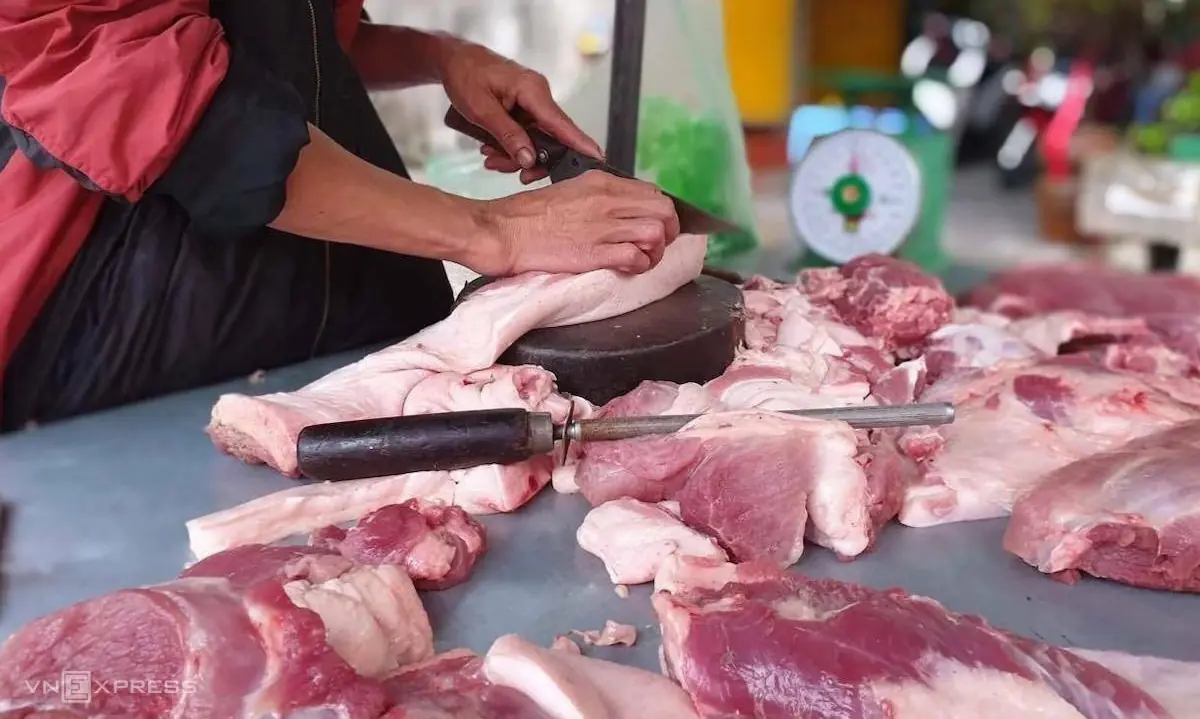
Two types of pork that look very fresh and delicious but should absolutely not be bought — sellers rarely reveal this

Hang these leaves at your door and watch flies and mosquitoes disappear

Identifying Venomous vs. Non-Venomous Snakes

The surprising trick of sticking cloves into an onion

A Step Many Think Makes Chicken “Clean” Actually Does the Opposite: Experts Everywhere Say Stop Immediately
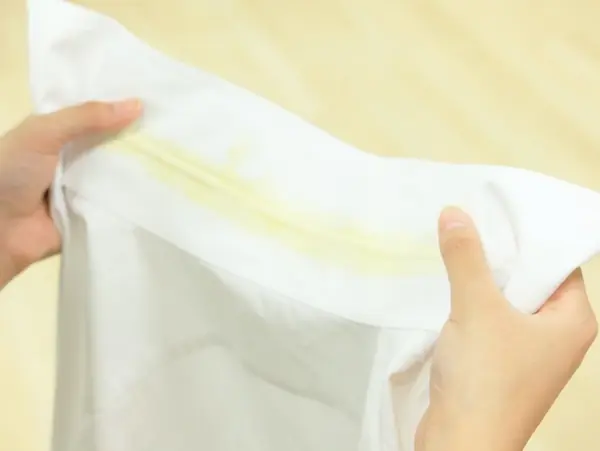
4 simple and effective tips to clean yellow sweat stains on white shirts at home that anyone can do it

Why many people place their suitcase in the bathtub right after checking into a hotel room
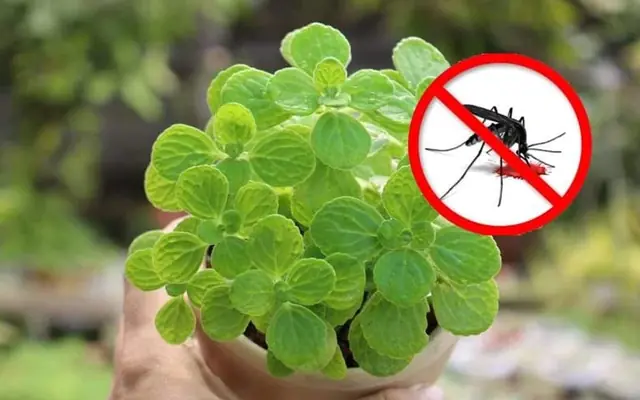
7 Beautiful, Fragrant Plants That Naturally Repel Mosquitoes
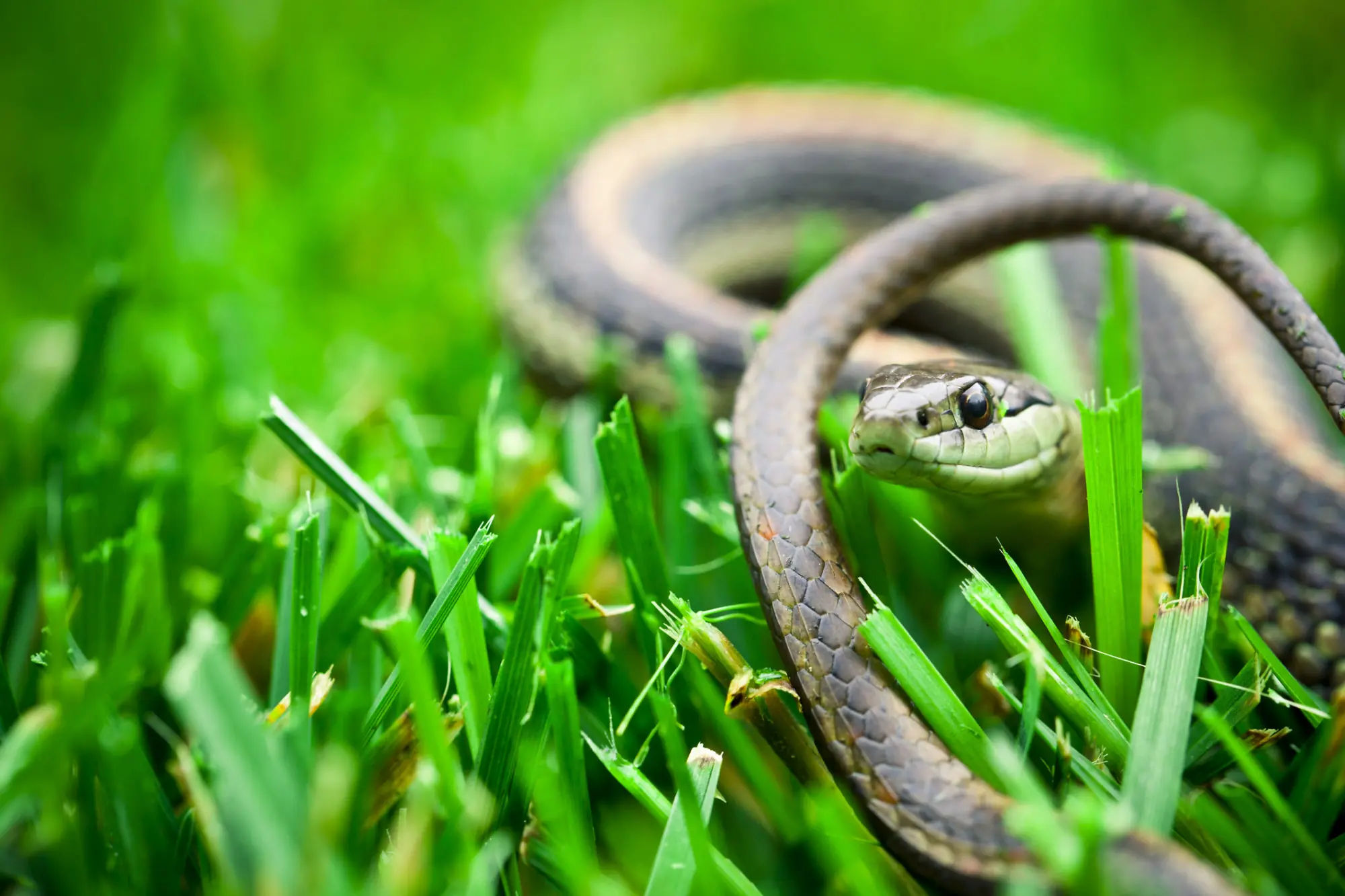
Plants That May Attract Snakes to Your Home: What You Should Know
News Post

Ribeye Steak Bites and Cheesy Smashed Potatoes

Garlic Butter Shrimp with Sautéed Vegetables

Doctor reveals simple thumb test that can detect he.a.rt problems like 'ticking time b.o.m.b'

Mix white vinegar with fabric softener, solve many problems in the house, save money
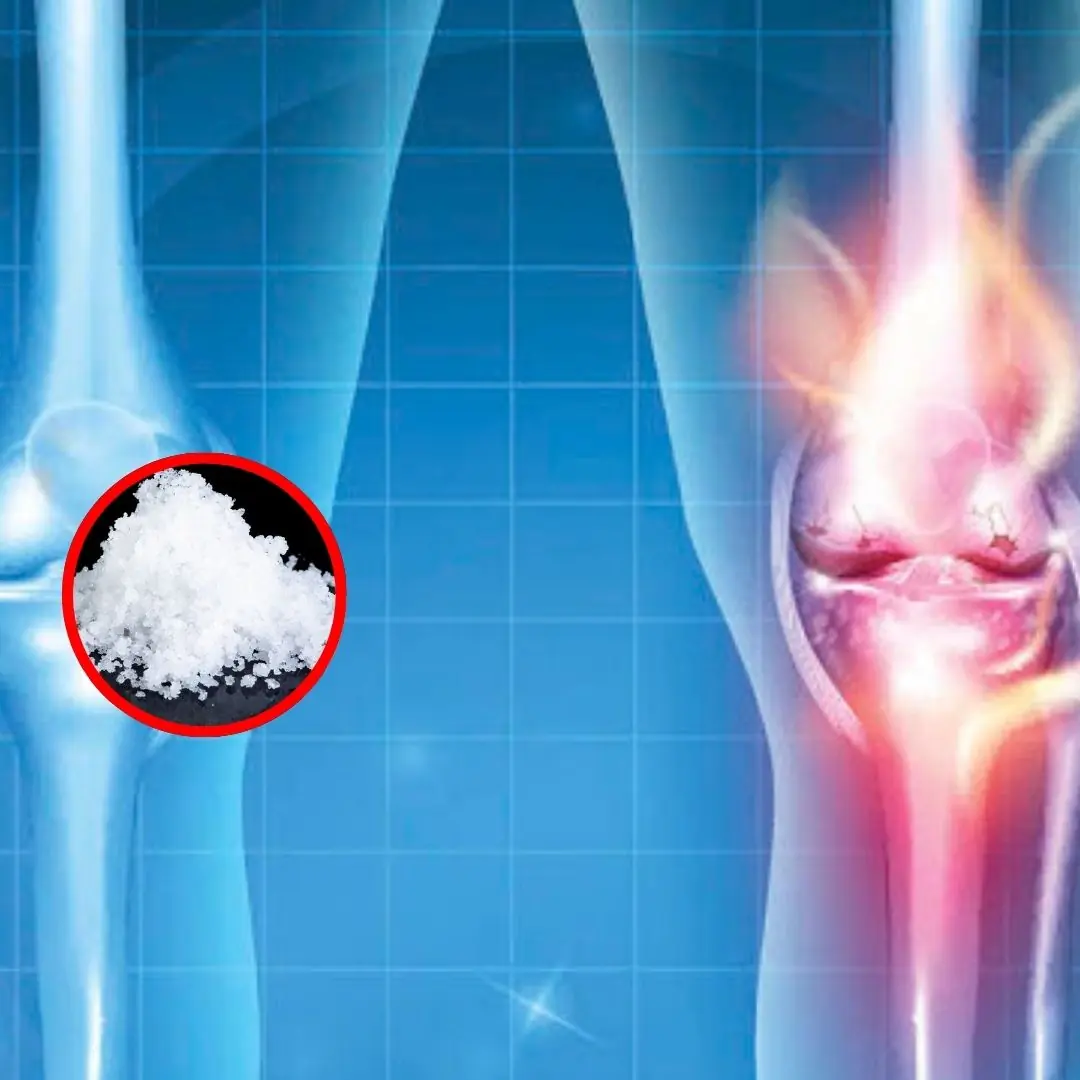
Eating these 6 foods too often can slowly weaken your bones by depleting calcium

52-year-old man died of diabetes, doctor advised: 4 types of breakfast should be removed from the table

6-year-old son just woke up having a stroke, the doctor emphasizes 4 signs parents need to understand to save their child
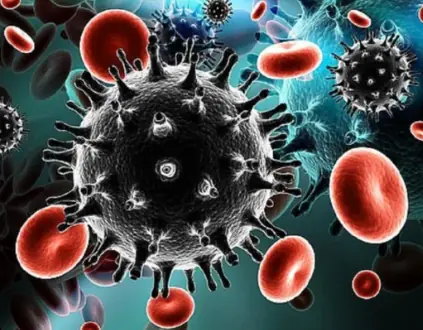
Itching in 9 Areas: A Warning Sign of Malignant Tumors, Number 7 Is the Most Common
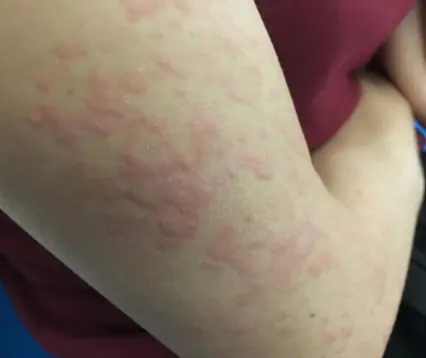
Surprising Causes Of Hives Revealed — What May Be Triggering Your Skin Reaction

Did You Know That Waking Up At 3 Or 4 In The Morning Is A Clear Sign Of…

4 Parts of the Chicken That Are Best Not to Eat
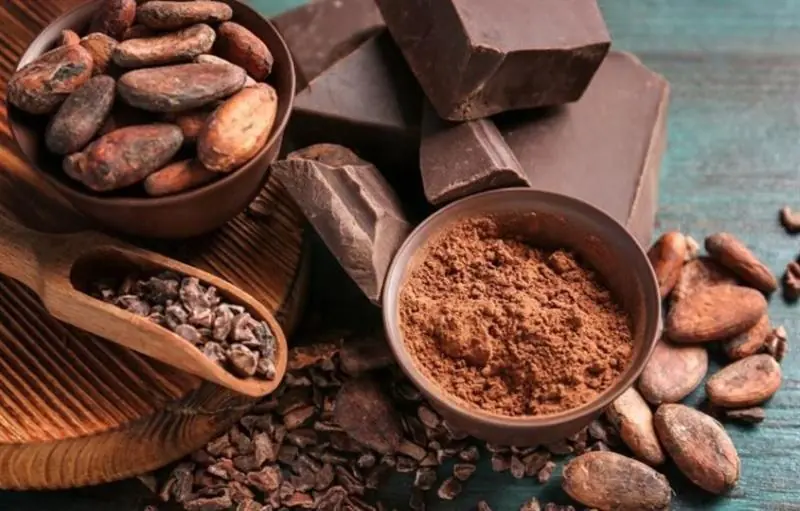
6 more foods you should not pair with coffee - many people still do

Drinking coffee at certain time of day could reduce your r.i.sk of d.e.a.th and heart disease

The surprising benefits of eating boiled sweet potatoes for breakfast: Unexpected changes in your body

Red Velvet Strawberry Cheesecake

The vegetable that helps reduce sugar in the body - A powerful ally against dia.betes

Never reheat these 5 items in the microwave!
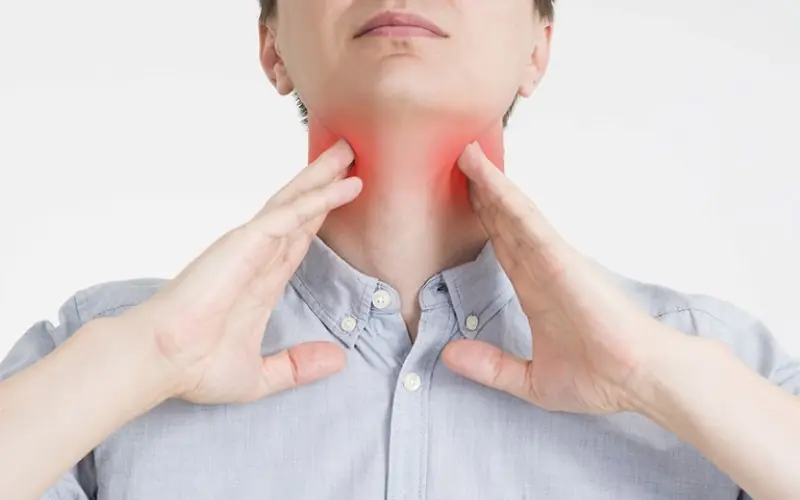
Your body often warns you long before can.cer advances - but many people miss the signs

Pineapple Glazed Braised Pork (or Beef)
